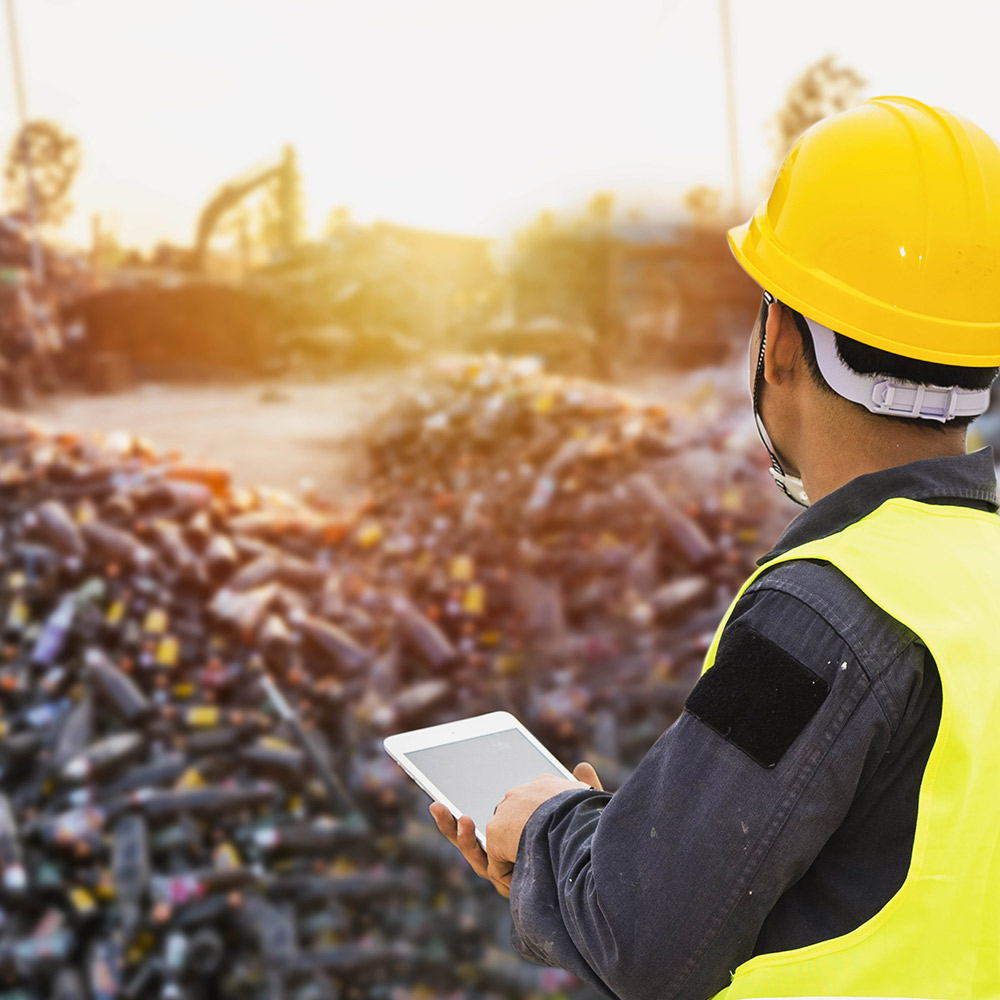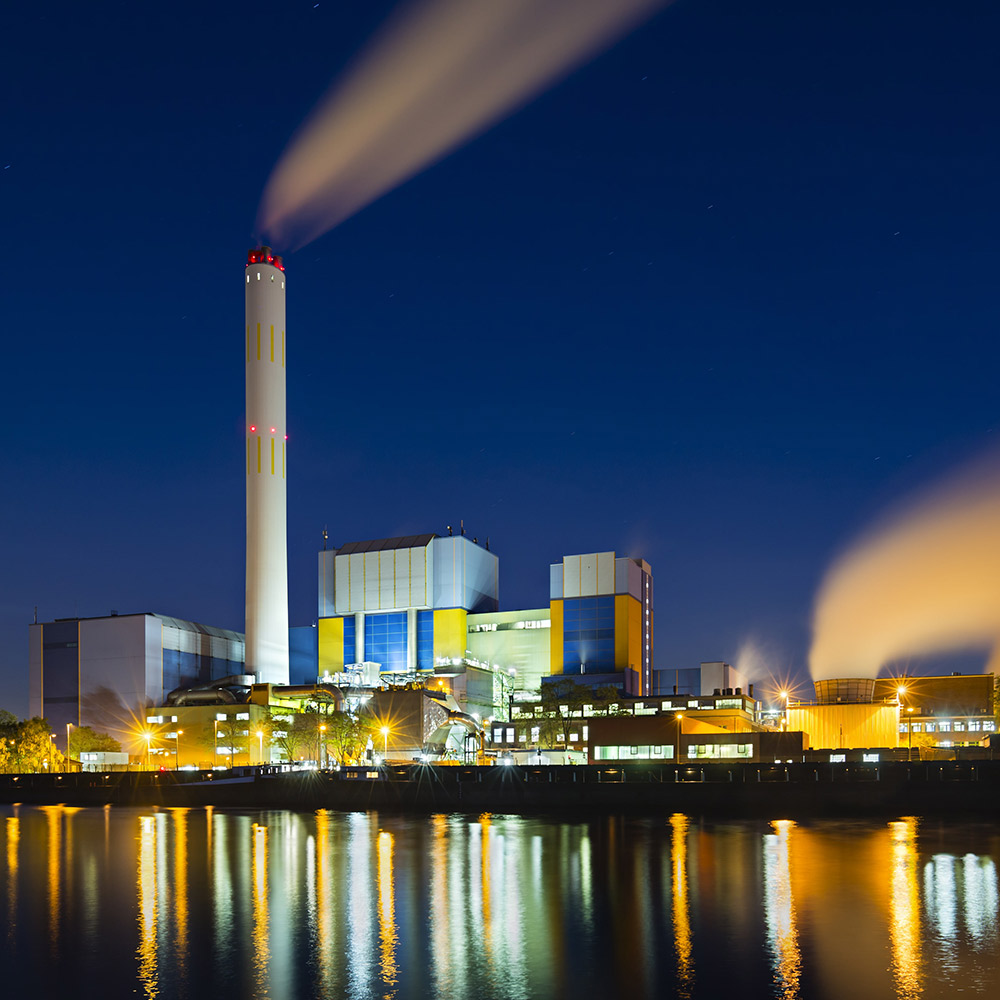Currently, mono-waste streams are used for pyrolysis mainly consisting of plastic or rubber. HydroCat's 'feedstock' consists of a mixed waste stream of biomaterial contaminated with plastic. Think of a tomato plant growing up a plastic stem, a banana in a plastic bag, coffee in a cup, or ocean plastic with seaweed.
In the Netherlands alone, 8,000,000 tons of waste are incinerated each year, of which about half can be used for HydroCat. Prevention by improving the recyclability of materials is the best approach. But practice shows that a lot of unavoidable waste remains. HydroCat's hydro-pyrolysis process enables this waste stream, which is now difficult to recycle and non-recyclable, is recycled more extensively and with a much lower CO2 footprint than incineration.


With the third generation of hydro-pyrolysis, raw material for producing plastic is produced in the form of biofuel. This (partly biogenic) fuel can be used to produce plastics or low-sulphur, green fuel for shipping.
Moreover, HydroCat's hydro-pyrolysis process delivers a better-quality product than biomass in a conventional pyrolysis process. This is caused by an integrated hydrogenation step that generates hydrogen, where oxygen is removed from the biomass molecules (deoxygenation).
In traditional, second-generation pyrolysis solutions, fossil hydrogen from an external source is added, which has a negative impact on the business case and CO2 footprint.
The HydroCat solution is therefore economically stronger on a much larger stream of mixed waste than traditional pyrolysis processes.
In the animation below we explain the HydroCat waste conversion unit and all it’s advantages.















Do you want more information about the recycling techniques of OBBOTEC?
Please contact us
| Cookie | Duur | Omschrijving |
|---|---|---|
| cookielawinfo-checkbox-advertisement | 1 year | Set by the GDPR Cookie Consent plugin, this cookie is used to record the user consent for the cookies in the "Advertisement" category . |
| cookielawinfo-checkbox-analytics | 11 months | This cookie is set by GDPR Cookie Consent plugin. The cookie is used to store the user consent for the cookies in the category "Analytics". |
| cookielawinfo-checkbox-functional | 11 months | The cookie is set by GDPR cookie consent to record the user consent for the cookies in the category "Functional". |
| cookielawinfo-checkbox-necessary | 11 months | This cookie is set by GDPR Cookie Consent plugin. The cookies is used to store the user consent for the cookies in the category "Necessary". |
| cookielawinfo-checkbox-others | 11 months | This cookie is set by GDPR Cookie Consent plugin. The cookie is used to store the user consent for the cookies in the category "Other. |
| cookielawinfo-checkbox-performance | 11 months | This cookie is set by GDPR Cookie Consent plugin. The cookie is used to store the user consent for the cookies in the category "Performance". |
| elementor | never | This cookie is used by the website's WordPress theme. It allows the website owner to implement or change the website's content in real-time. |
| viewed_cookie_policy | 11 months | The cookie is set by the GDPR Cookie Consent plugin and is used to store whether or not user has consented to the use of cookies. It does not store any personal data. |
| Cookie | Duur | Omschrijving |
|---|---|---|
| _ga | 2 years | The _ga cookie, installed by Google Analytics, calculates visitor, session and campaign data and also keeps track of site usage for the site's analytics report. The cookie stores information anonymously and assigns a randomly generated number to recognize unique visitors. |
| _ga_X73X5YES1T | 2 years | This cookie is installed by Google Analytics. |
| _gat_gtag_UA_215890515_1 | 1 minute | Set by Google to distinguish users. |
| _gid | 1 day | Installed by Google Analytics, _gid cookie stores information on how visitors use a website, while also creating an analytics report of the website's performance. Some of the data that are collected include the number of visitors, their source, and the pages they visit anonymously. |